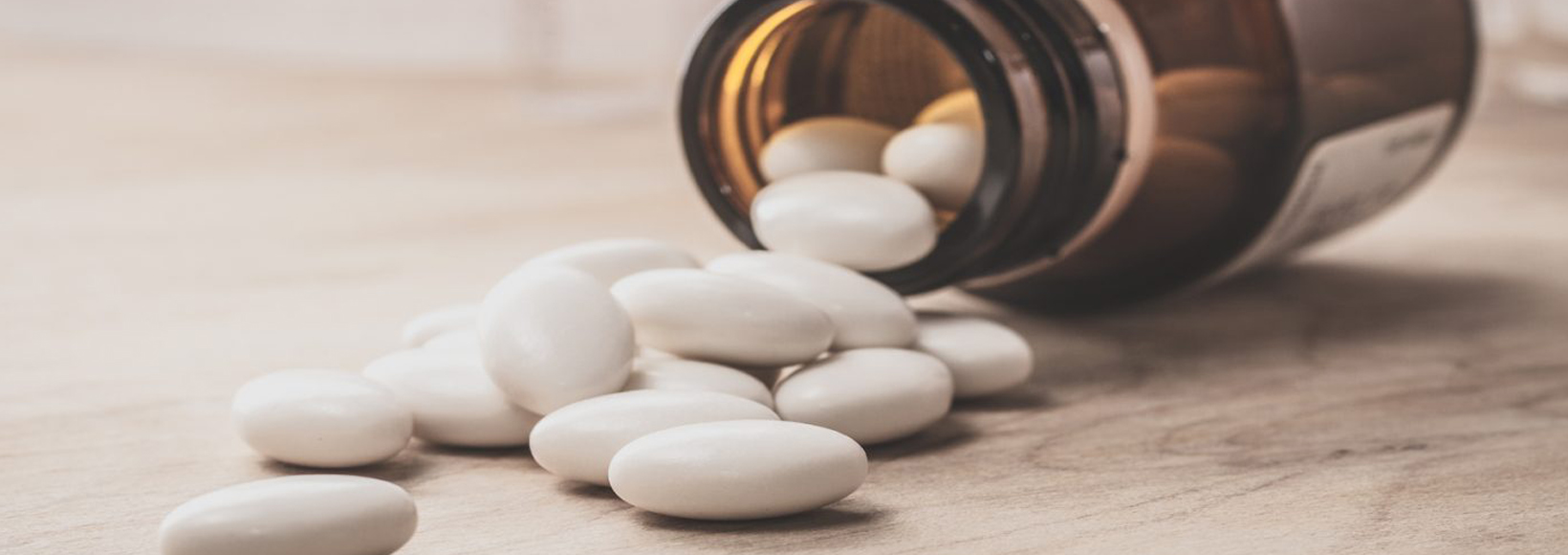
Potential treatments for COVID-19 – Azithromycin and hydroxychloroquine
02/04/2020
As COVID 19 continues to spread rapidly throughout the world but attention is focused not only on trying to reduce the spread it also to help to treat patients who already have the disease. Several treatments have shown promise and if you have gained a lot of media attention.
Perhaps most prominent in the media has been the use of the combination. hydroxychloroquine and azithromycin in the treatment of COVID-19. A virologist in the French city of Marseille called Professor Didier Raoult recently published a paper that suggested this combination of medicines was an extremely effective treatment. These medications are not new. Hydroxychloroquine is an old drug used to treat malaria. It is also been used in inflammatory joint diseases such as Rheumatoid arthritis and in SLE. It is known to have antiviral properties. It can also reduce inflammation in the body. Azithromycin is a common antibiotic. It is commonly used in routine clinical practice to treat such things in sinus infections. As well as it’s antibacterial effect, azithromycin also has a useful anti-inflammatory effect.
The results reported in this study stated that 100% of patients treated with hydroxychloroquine and azithromycin were clear of the virus at 6 days following treatment. So far so promising. However, it’s worthwhile looking at these results in closer detail.
The urgency to find and a treatment of COVID-19 means that scientific papers published currently on the subject are often not up to the scientific rigours of usual. I certainly don’t doubt the sincerity of the scientists publishing this paper, however, this study had several limitations.
Ideally, a trial of a treatment would be a double-blind randomised controlled trial. That means neither the patient or the researcher knows which patient had the treatment so there is less bias in the results. This study was not randomised.
The best studies have what is known as an intention to treat analysis. This means that everyone in both the treatment and control group is included in the results, whether or not they complete the treatment. This study did not have intention to treat analysis. In fact, 6 of the 26 patients who took the treatment were not included in the results. 3 of those patients were admitted to the intensive care unit. One patient died, another left the hospital and another couldn’t tolerate the medication. Only six of the 26 patients in the treatment group took both azithromycin and hydroxychloroquine. These people required a daily ECG. This is because both of these medicines can potentially cause cardiac arrhythmia.
All trials have what are called ‘endpoints.’ Ideally, a medical trial has ‘clinically meaningful’ endpoints. That is, the final endpoint of the study is not just a number or a test result. Ideally, the final endpoint is that the patient gets better with the treatment. The final endpoint in this study was only that the patient did not have the virus on a swab. This does not necessarily mean that they were better.
Several of the patients included in the study did not have any symptoms, to begin with to it is difficult to see how they benefited from treatment in any way. However, it is useful that they were cleared of the virus as they would no longer be infectious to everyone else. A caveat here is it seems that the virus cannot be cultured after 8 days suggesting it is not infectious after this time.
The same team did a follow-up study on 80 patients in Marseille without a control group. These patients took the same combination of drugs. One patient died and two attended the ITU. Thankfully, these two patients improved and were able to be discharged from their back to the normal ward. Two other patients were still infectious. However, the remainder did not have the virus on their nose swabs and according to the authors of the study showed ‘clinical improvement.’
These initial studies are promising. I think one our best chances of halting the progression of COVID-19 is the repurposing of old therapies. My hope is that these promising results can be replicated in more people with COVID-19 and that ultimately it may prove to be both effective therapeutically and at reducing spread.
Dr Hugh Coyne